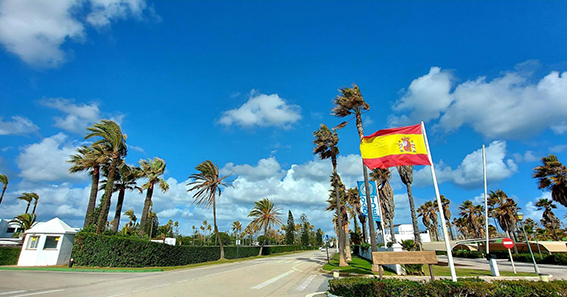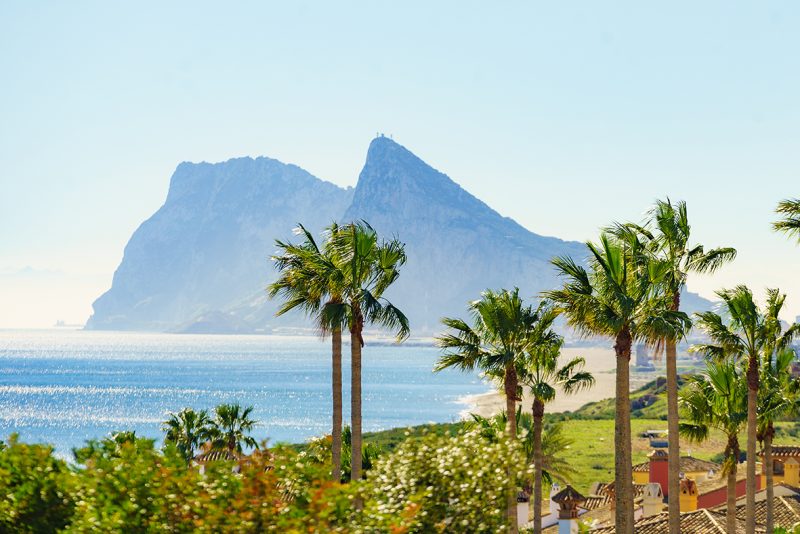In Sotogrande the Levante and Poniente winds have distinct characteristics that influence the climate and the activities that can be enjoyed. Here are the main differences between the two:
Levante Wind:
- Direction: Blows from the east or southeast.
- Speed: Tends to be stronger and more persistent than the Poniente. It can reach speeds of up to 40-60 km/h or even higher.
- Effect on the Climate: Brings warm and humid air from the Mediterranean, causing an increase in humidity and the heat index. In summer, it can make temperatures feel stifling.
- Effect on the Sea: The Levante usually causes rougher seas and larger waves, making the sea less safe for nautical activities.
- Visibility: Can reduce visibility due to mist or suspended dust, especially in the Strait of Gibraltar area.
- Duration: Can last several days, sometimes up to a week, without interruption.

Levante wind blowing in Sotogrande
Poniente Wind:
- Direction: Blows from the west or southwest.
- Speed: Generally gentler than the Levante, though it can occasionally be strong.
- Effect on the Climate: Brings cooler and drier air from the Atlantic, which usually cools down temperatures, especially in summer. It is typically a more pleasant wind.
- Effect on the Sea: Produces calmer seas with smaller waves, making conditions better for nautical activities like sailing or paddle surfing.
- Visibility: Usually improves visibility, clearing the sky and providing a clearer, drier environment.
- Duration: Poniente periods are usually shorter, though they vary depending on weather conditions.

Gibraltar
In summary, the Levante is a hot and humid wind that stirs up the sea and can be uncomfortable, while the Poniente is cooler, drier, and favors calmer sea conditions. Outdoor activities in Sotogrande can be significantly influenced by which of these winds is prevailing.
By The Holmes Team ·
